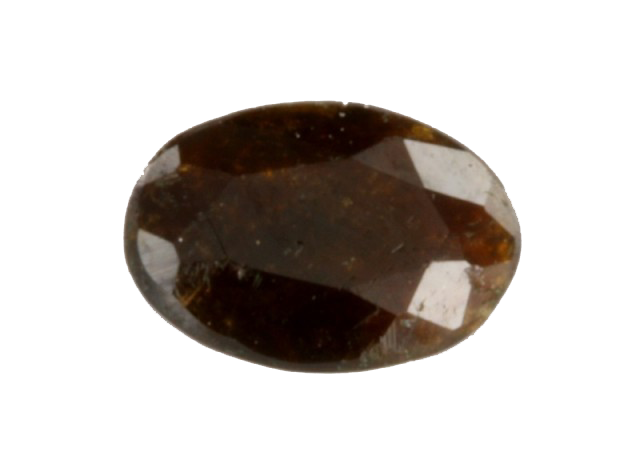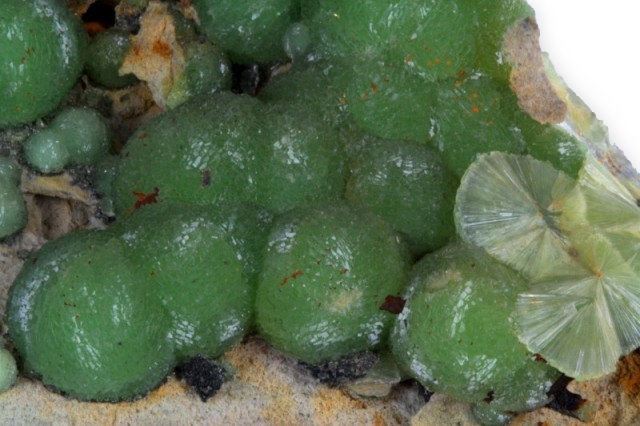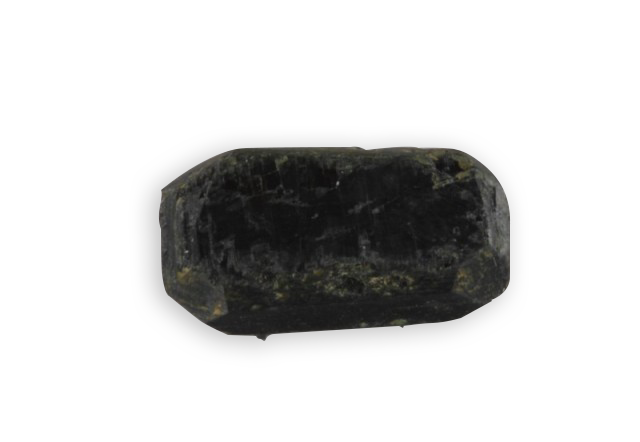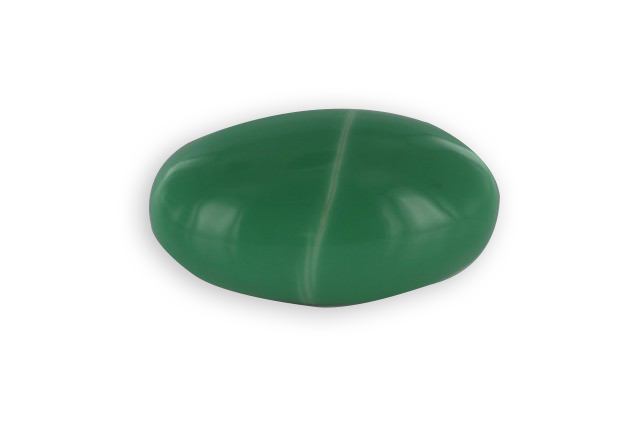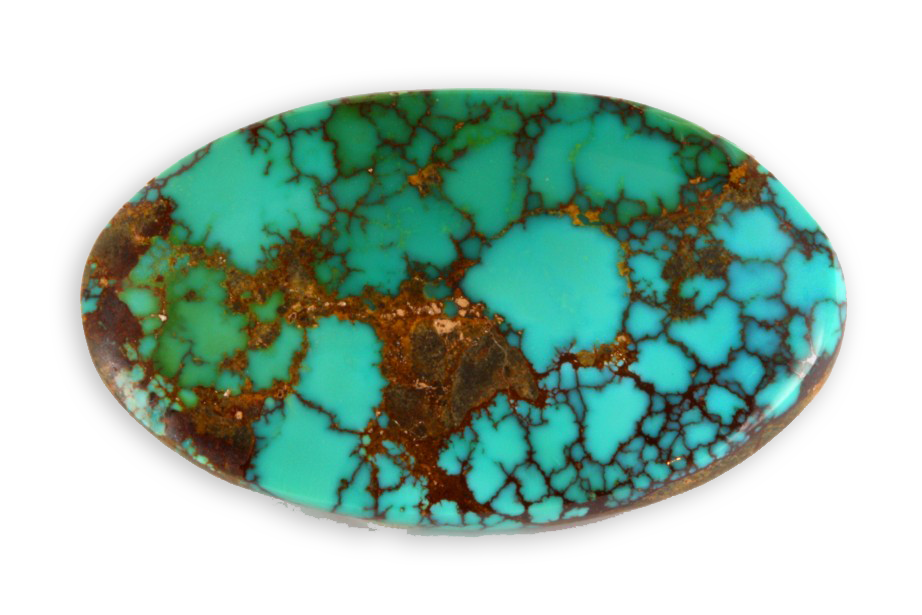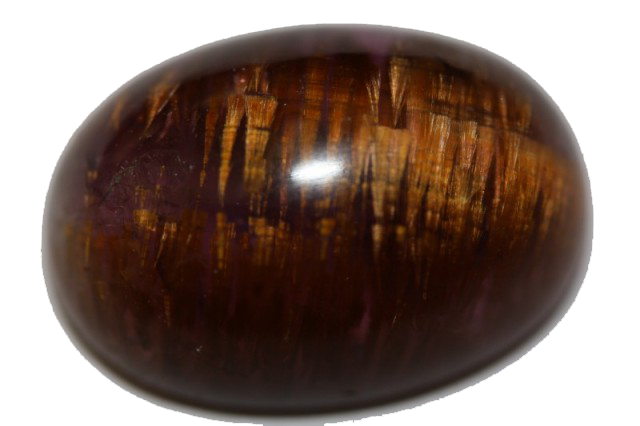
cacoxenite
Identified in 1825 in Bohemia in iron deposits, its name comes from the Greek “kakos”, for bad, and “xenos”, for guest or stranger to indicate that its presence in the iron ore was not appreciated: this phosphate makes the metal iron ore work, harder. The

